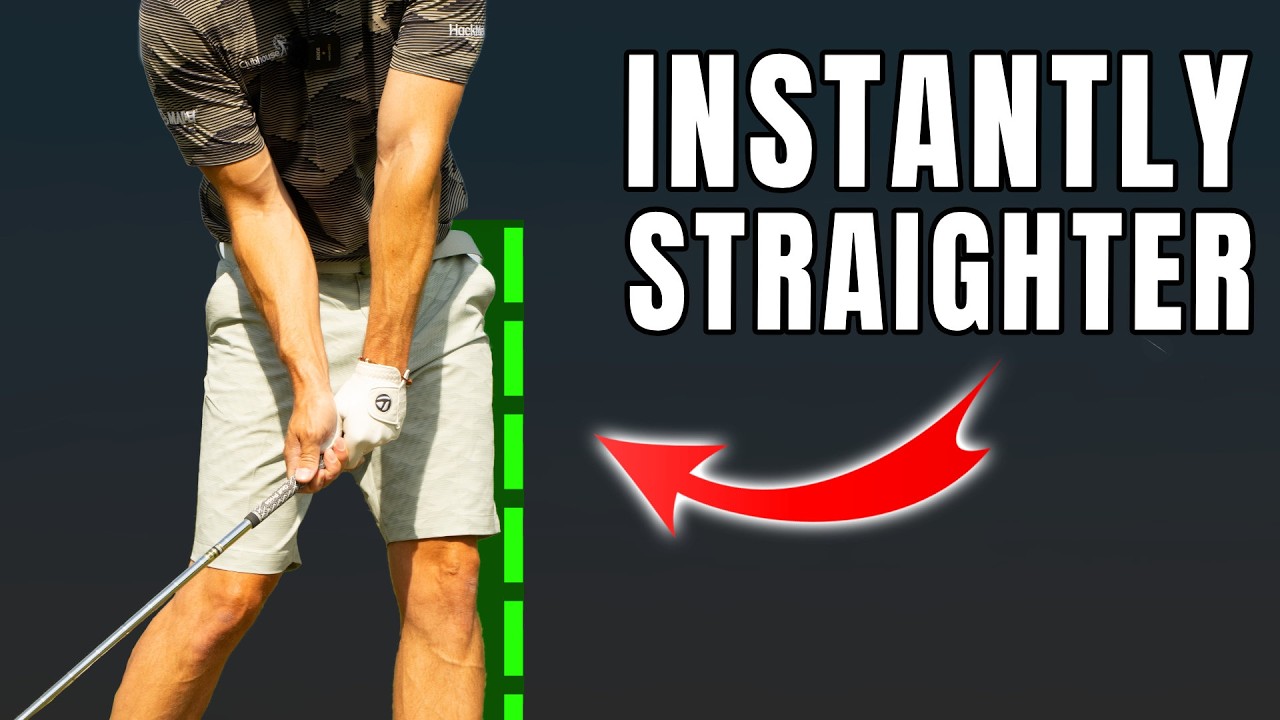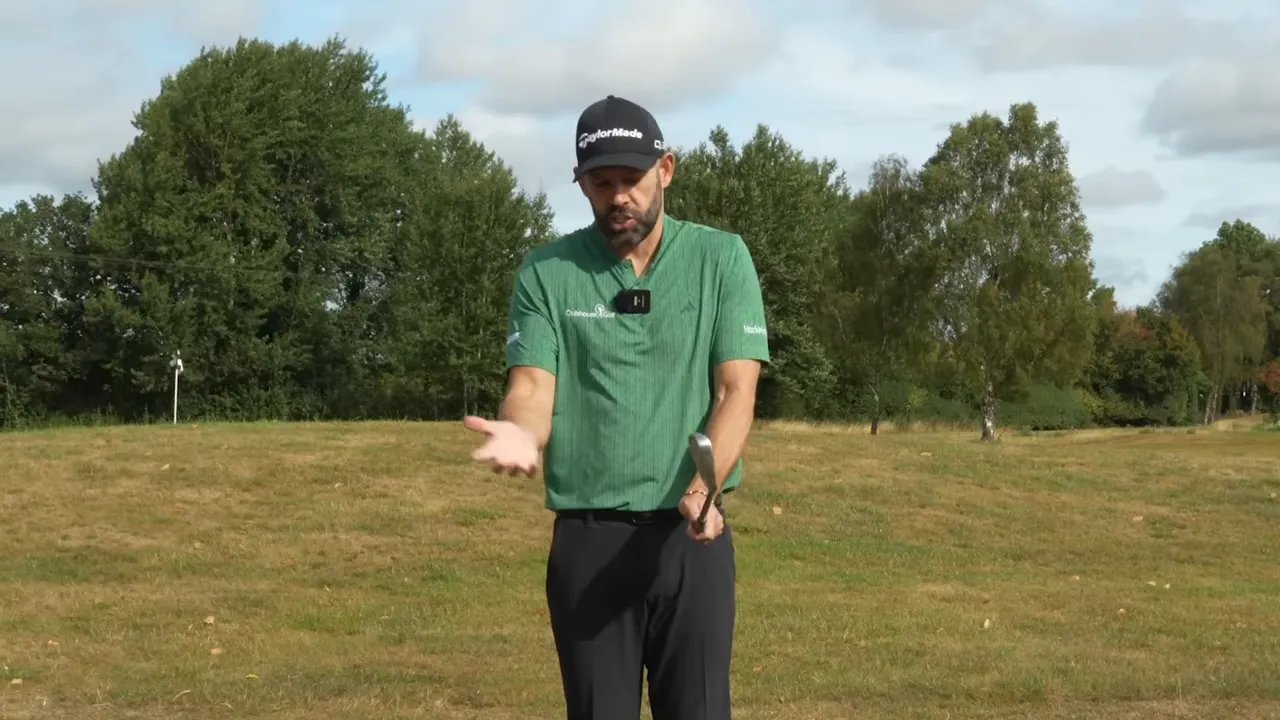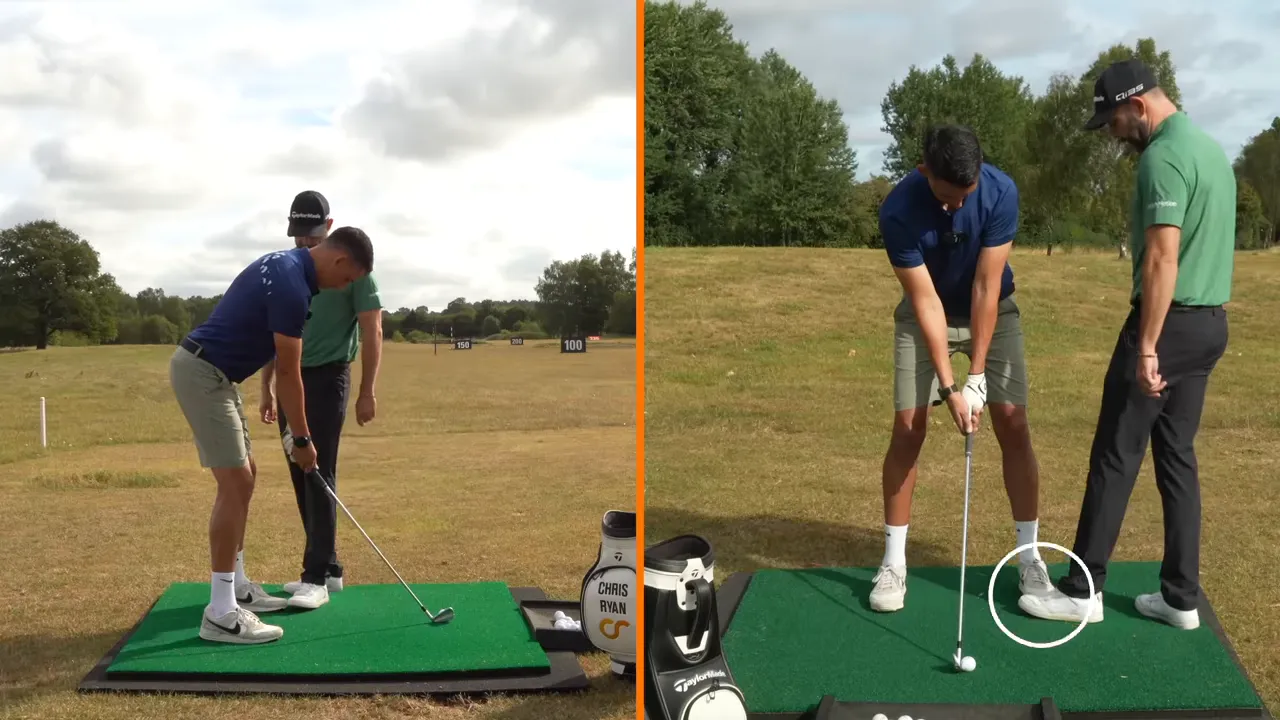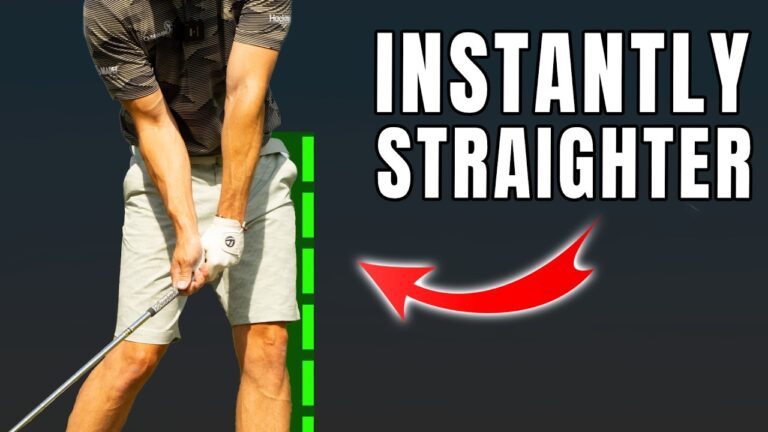 Struggling with inconsistent golf strikes or persistent shots veering left? Discover how a simple tweak to your setup and sequencing can enhance your contact and precision. Follow this step-by-step guide for actionable drills and tips.
Struggling with inconsistent golf strikes or persistent shots veering left? Discover how a simple tweak to your setup and sequencing can enhance your contact and precision. Follow this step-by-step guide for actionable drills and tips.
If you’ve ever battled heavy strikes or shots flying left, this golf coaching breakdown is for you. I’m Chris Ryan from ChrisRyanGolf, and in this lesson, I worked with Darren—a golfer frustrated with inconsistent long-iron strikes and shots pulling left. Surprisingly, the root cause wasn’t an obvious technical fault. A minor, practical change to his setup and sequencing led to significant improvements in his contact and ball flight.
Below, I’ll walk you through the exact step-by-step process I used so you can try it out on the range. You’ll get specific drills, feel cues, common mistakes to avoid, and a simple progression to follow. This approach is practical, repeatable, and suited for golfers of all levels.
Table of Contents
- Step 1: Diagnose your golf pattern — find the real problem
- Step 2: Setup tweak that changes the whole swing — a small golf adjustment
- Step 3: Feel the impact position — create a new reference for your golf swing
- Step 4: Punch and control — short controlled golf shots to lock in the feel
- Step 5: Move into the impact — transition the feeling into a moving golf swing
- Step 6: Full-speed integration — practice with proper downswing sequencing for golf
- Step 7: Timing drill for golf — step-and-stabilize to fix sequencing
- FAQ — Your golf questions answered
- Troubleshooting and next steps for your golf practice
- Conclusion — get the most from your golf practice
Step 1: Diagnose your golf pattern — find the real problem
Before implementing major changes to your swing, it’s crucial to identify the actual problem. In Darren’s case, one might suspect that his swing path or an overactive lower body caused the left shots and heavy strikes. The key insight emerged when I examined his grip and clubface at the top of the swing.
- Diagnostics: Are your shots more often left or right? Heavy (fat) or thin? This pattern provides more insight than any single swing analysis.
- Check the clubface at the top of your backswing. If the face is closed, the ball typically tends to veer left unless compensated during the downswing.
Remember: Clubface is king. If facing closed at the top, expect left shots or compensations creating inconsistent strikes. Darren’s grip was slightly strong, twisting the face closed at the top. Instead of immediately attacking downswing mechanics, we diagnosed how his hips and impact positions limited his strike control.

Step 2: Setup tweak that changes the whole swing — a small golf adjustment
Minor, targeted changes can be highly effective. I asked Darren to make a minimal tweak in his setup: slightly rotate his front foot outward and allow a small amount of flaring on the trail foot. Importantly, the heels stayed in place. This tweak promotes a different hip turn and enables a more natural downswing shift.
Initial feel: It might feel unusual—like a “penguin” stance—but looks normal on video. This brief foot rotation alters hip rotation and impact shift, affecting strike and face control.
- Front foot: Rotate slightly outward. Heel remains in place.
- Back foot: Less rotation; heel-stay is consistent.
- Hands and handle: Allow the lead wrist/handle more forward in the address-to-impact position.
Why it works: By facilitating a freer hip turn and shifting hips forward, the club meets the ball earlier on its arc, reducing heavy, ground-first strikes and neutralizing the clubface at impact—preventing left misses.


0 Comments